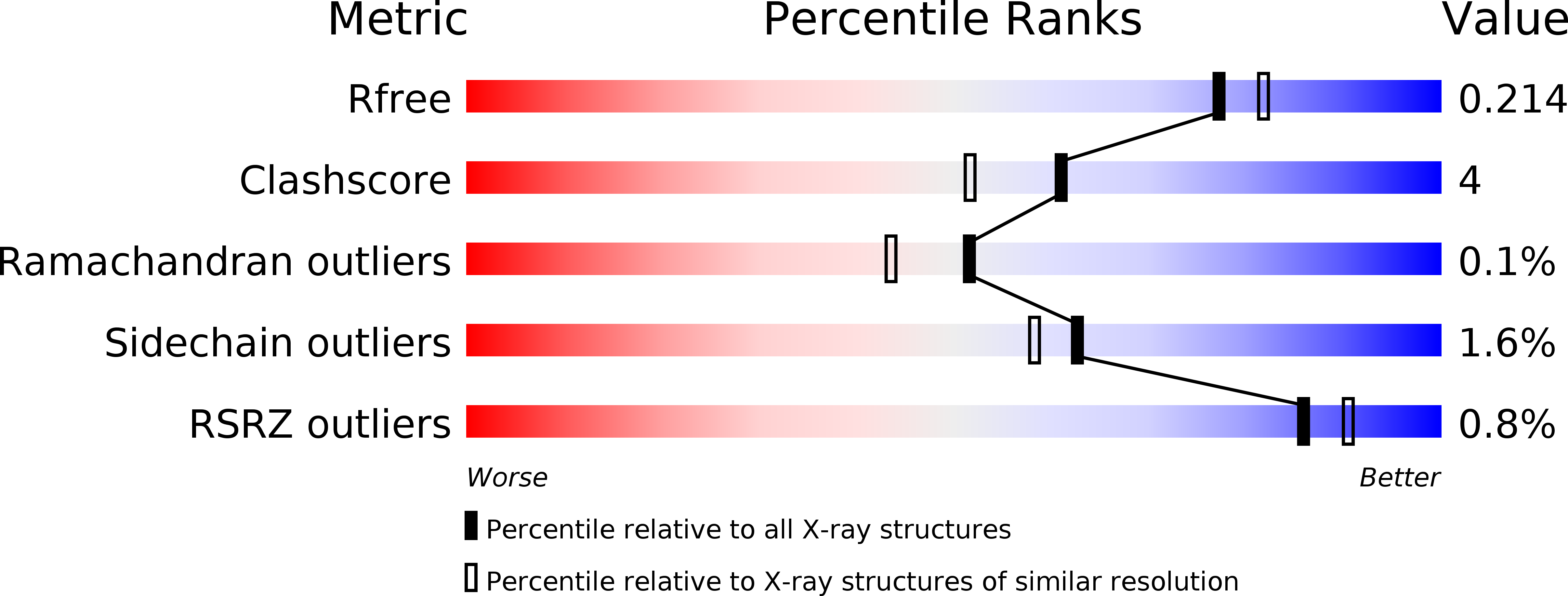
Deposition Date
2010-10-03
Release Date
2011-03-02
Last Version Date
2024-02-21
Entry Detail
PDB ID:
3P2N
Keywords:
Title:
Discovery and structural characterization of a new glycoside hydrolase family abundant in coastal waters that was annotated as 'hypothetical protein'
Biological Source:
Source Organism:
Zobellia galactanivorans (Taxon ID: 63186)
Host Organism:
Method Details:
Experimental Method:
Resolution:
1.95 Å
R-Value Free:
0.21
R-Value Work:
0.16
R-Value Observed:
0.17
Space Group:
P 21 21 21


